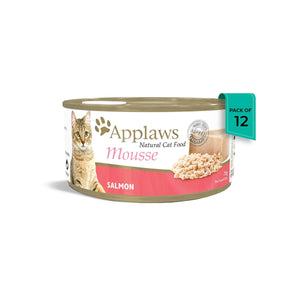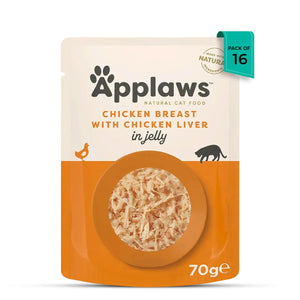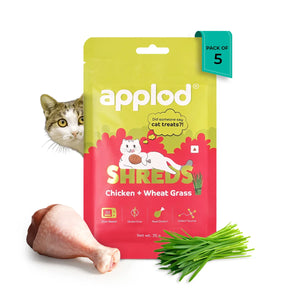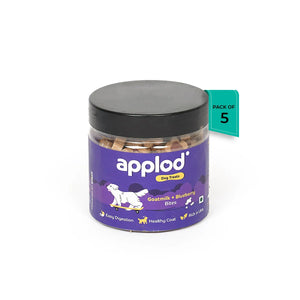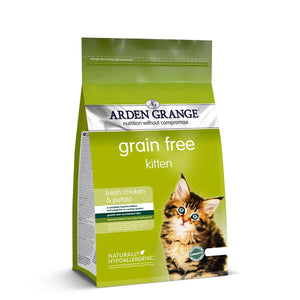Many of us, under the impact of movies and common stereotypical scenarios, doggos and kitties have been perceived as sworn enemies. But is this really true? Some studies beg to differ and pet parents do too. Most people who have a purry and a doggo at home have observed no such hostility as, taking naps next to each other, curling up next, taking naps next to each other, curling up next what a couple of siblings on occasion might project. They enjoy tumbling and rolling next to each other and taking naps next to each other, curling up next to each other, sniffing and grooming each other occasionally. This behaviour is even more prominent when both have been introduced to each other at a very early stage. When they need their space, they naturally avoid each other without any signs of violence. It is ‘understood’ in their language.
They can very well dwell peacefully alongside each other. Some parents have observed that doggos tend to be more aloof around purry whereas a purry can show more hostility towards a doggo in comparison. Some pet parents say that when it comes to bonding, doggos are comparatively more proactive and kitties tend to be more aloof. However, they both are capable of peacefully co-existing next to each other.
According to a study….
A study published in the Journal of Veterinary Behavior unravels some of these mysteries that circle around the relationship between doggos and purries. According to the study, many pet parents have pointed out that canines and felines can live in a safe manner, which is neither too friendly nor hostile.
Other observations include,
- Our purries (most likely due to their small size which makes them feel insecure) are more prone to attacking doggos whereas, doggos are comparatively more settled and nonchalant.
- It helps if the cat becomes a family member sooner than the doggo for them to be more at ease with the new addition to the family.
- Any signs of hostility that a kitty showcases can be curbed by introducing the pets to each other at an early age.
- One theory as to why cats tend to antagonize dogs more than vice versa is that cats are at an earlier stage of domestication than dogs.
- They rarely share food or bedding.
Another interesting thing to note is how the cat is perceived as the one calling the shots. However, the truth is that cats are just more uncomfortable around dogs and hence, they tend to be more aggressive and project more noticeable behavior toward doggos.
The study reflects upon another interesting theory on why purries tend to have more difficulty staying with another species in a household and finds it somewhat compelling. The study states that this behavioral difference in purries could be because cats are at an earlier stage of domestication than doggos. Another reason that the study interprets is the fact that cats are smaller than doggos and are perceived as more vulnerable to their parents which leads them to accept any anti-social behavior displayed by their purries when around dogs as a doggo is much less likely to get seriously injured by a purry.
These findings are subjective and open to interpretation as the level of comfort or friendliness can be perceived by individuals differently.
In conclusion, it is hard to rule out the possibility of hostility between domesticated dogs and cats. But with early introduction and training, both species are capable of co-existing in harmony and can even enjoy a healthy, amicable bond.
FAQs
Q1: Are dogs and cats really natural enemies?
No, despite popular belief and movies, dogs and cats are not inherently hostile to each other. Many pet owners report peaceful coexistence, shared naps, grooming, and playful interactions when they are properly introduced.
Q2: How important is early introduction between cats and dogs?
Early introduction plays a crucial role. When cats and dogs meet at a young age, they are more likely to accept each other and avoid hostility, forming a comfortable and friendly relationship.
Q3: Why do cats sometimes seem more aggressive toward dogs?
Cats may show more hostility because they are smaller and feel more vulnerable. Additionally, cats are considered to be at an earlier stage of domestication, which could contribute to their cautious or defensive behavior around dogs.
Q4: Do dogs and cats share food or bedding?
Typically, dogs and cats do not share food or bedding. They tend to maintain their own spaces even when living harmoniously in the same household.
Q5: Can dogs and cats form a bond?
Yes! While dogs often show more proactive friendliness, cats can also develop affectionate bonds with dogs. Many households report their pets playing, grooming, and resting together comfortably.
References
Thomson, J.E., Hall, S.S, Mills, D.S., Evaluation of the Relationship Between Cats and Dogs Living in the Same Home, Journal of Veterinary Behavior (2018), doi: 10.1016/ j.jveb.2018.06.043.













